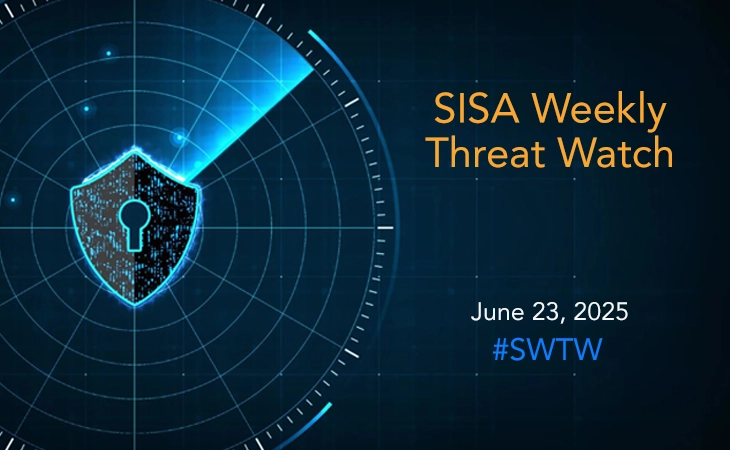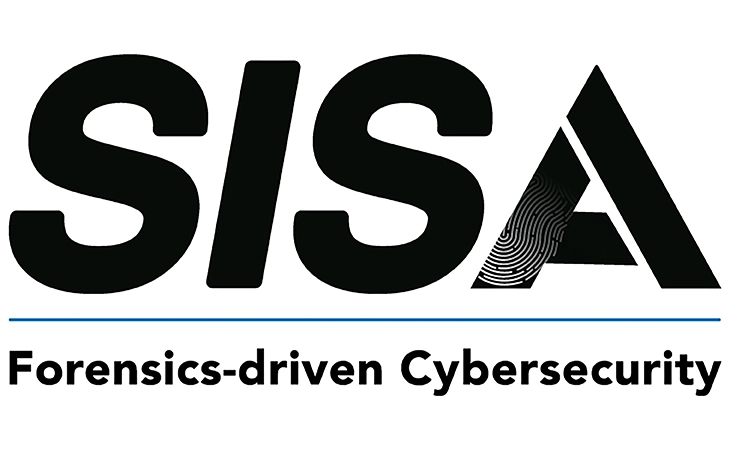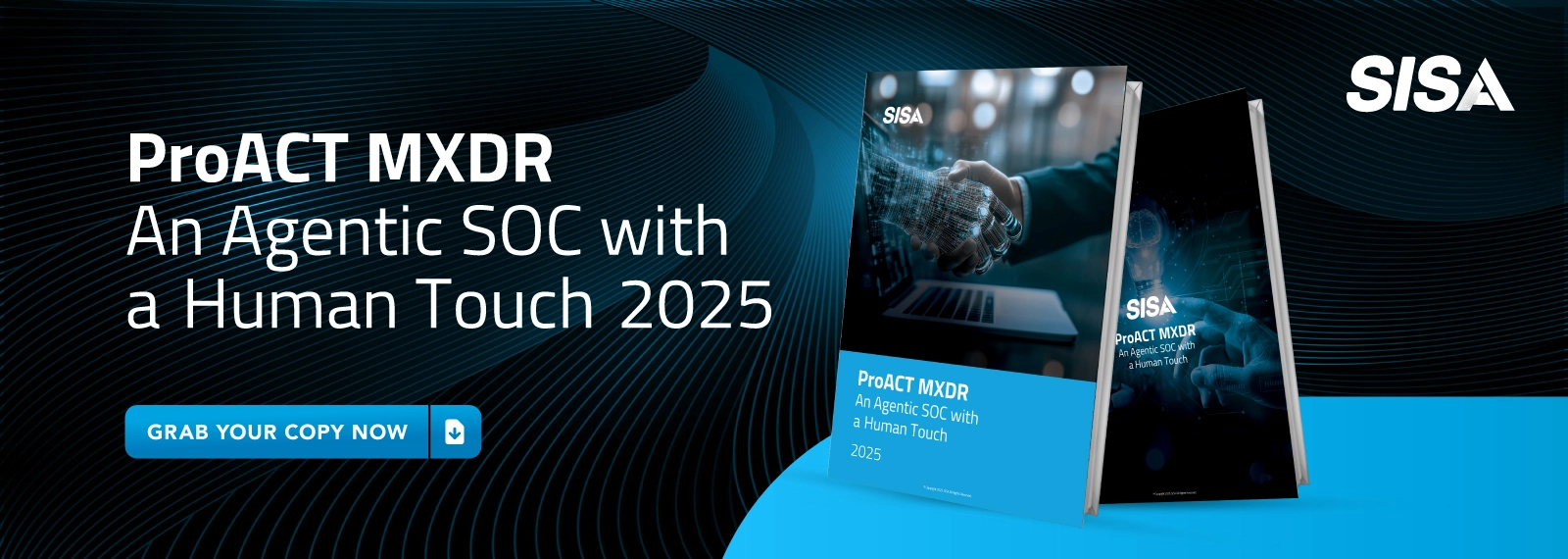
PCI S3 (Secure Software Standard) is a standard under the PCI Software Security Framework (SSF), a collection of standards and programs for the secure design and development of payment application software. Validation to Secure Software Standard (S3) helps ensure that the payment software is developed to protect the integrity of the software and the confidentiality of sensitive data it captures, stores, processes, and transmits.
Applicability
Software products involved in or directly supporting or facilitating payment transactions that store, process, or transmit clear-text account data.
Software products developed by the vendor that are commercially available for sale to multiple organizations.
SISA powers the world’s best digital security experience

Request a Call

SISA is a Leader in Cybersecurity Solutions for the Digital Payment Industry. As a Global Payment Forensic Investigator of the PCI Security Standards Council, we leverage forensics insights into preventive, detective, and corrective security solutions, protecting 1,000+ organizations across 40+ countries from evolving cyberthreats.
Our suite of solutions from AI-driven compliance, advanced security testing, agentic detection/ response and learner focused-training has been honored with prestigious awards, including from Financial Express, DSCI-NASSCOM and The Economic Times.
With commitment to innovation, and pioneering advancements in Quantum Security, Hardware Security, and Cybersecurity for AI, SISA is shaping the future of cybersecurity through cutting-edge forensics research.
Company
Resources
Quick Links
Copyright © 2025 SISA. All Rights Reserved.
 USA
USA India
India APAC
APAC Middle East
Middle East Global
Global
 Facebook
Facebook Linkedin
Linkedin  X
X Youtube
Youtube





